
The history of white marble in Kishangarh dates back to the 17th century when the Kishangarh state was founded by Maharaja Roop Singh. He was a great patron of art and architecture, and under his rule, Kishangarh became a hub of artistic activity.
Kishangarh is a small city in the Ajmer district of Rajasthan, India. It is famous for its high-quality white marble that is widely used in construction and architectural design. The marble from Kishangarh is known for its purity, durability, and luster. In this blog, we will explore the history, properties, and uses of white marble in Kishangarh.
It was during this period that the first white marble quarries were opened in the region.The marble was used extensively in the construction of the Kishangarh Fort, which was built during the reign of Maharaja Roop Singh. The fort is a fine example of Rajasthani architecture, and the white marble used in its construction gives it a unique and regal look
White marble from Kishangarh is known for its purity and whiteness. It is made of calcium carbonate and is formed from limestone that has undergone metamorphism. The marble has a fine and uniform grain that gives it a smooth and glossy finish. It is also highly durable and resistant to weathering and erosion.
The marble is available in a variety of grades, ranging from pure white to light grey. The purest and whitest marble is known as Makrana marble and is mined from the nearby town of Makrana. The marble from Kishangarh is also available in a range of sizes, from small tiles to large slabs.
We are the Bhandari Marble Group, well known for being an extremely high-quality White marble supplier in India
White marble from Kishangarh is widely used in construction and architectural design. It is used in flooring, walls, countertops, and other decorative elements. The marble is also used in the creation of sculptures, fountains, and other ornamental structures.One of the most famous structures made from Kishangarh marble is the Taj Mahal, which is located in Agra, India. The white marble used in the construction of the Taj Mahal was sourced from the nearby town of Makrana, but it is similar in quality to the marble found in Kishangarh.
In recent years, there has been a growing demand for white marble from Kishangarh in international markets. The marble is exported to countries like the United States, the United Kingdom, and Australia, where it is used in luxury home and commercial projects.
White marble In Kishangarh is a unique and valuable resource that has played an important role in the history and development of the region. Its purity, durability, and luster make it a popular choice for construction and architectural design. As demand for high-quality white marble continues to grow, Kishangarh is poised to play an increasingly important role in the global marble industry.
- Indian White Marble Price : Indian White Marble price ranges Start from Rs. 55 to Rs. 400 / Square Feet.
- Imported White Marble Price : Imported White Marble price ranges Start from Rs. 300 to Rs. 4000 / Square Feet.

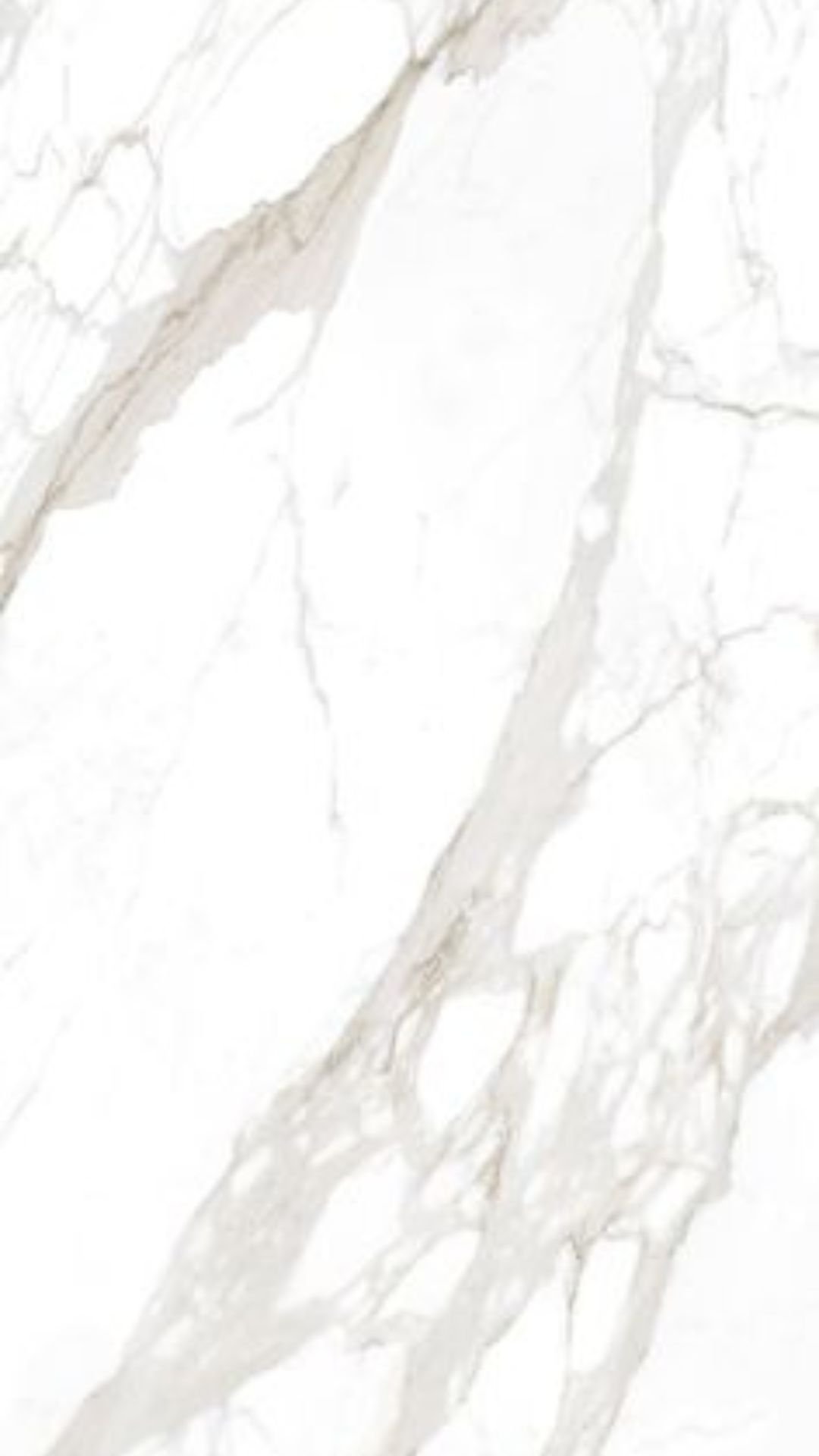

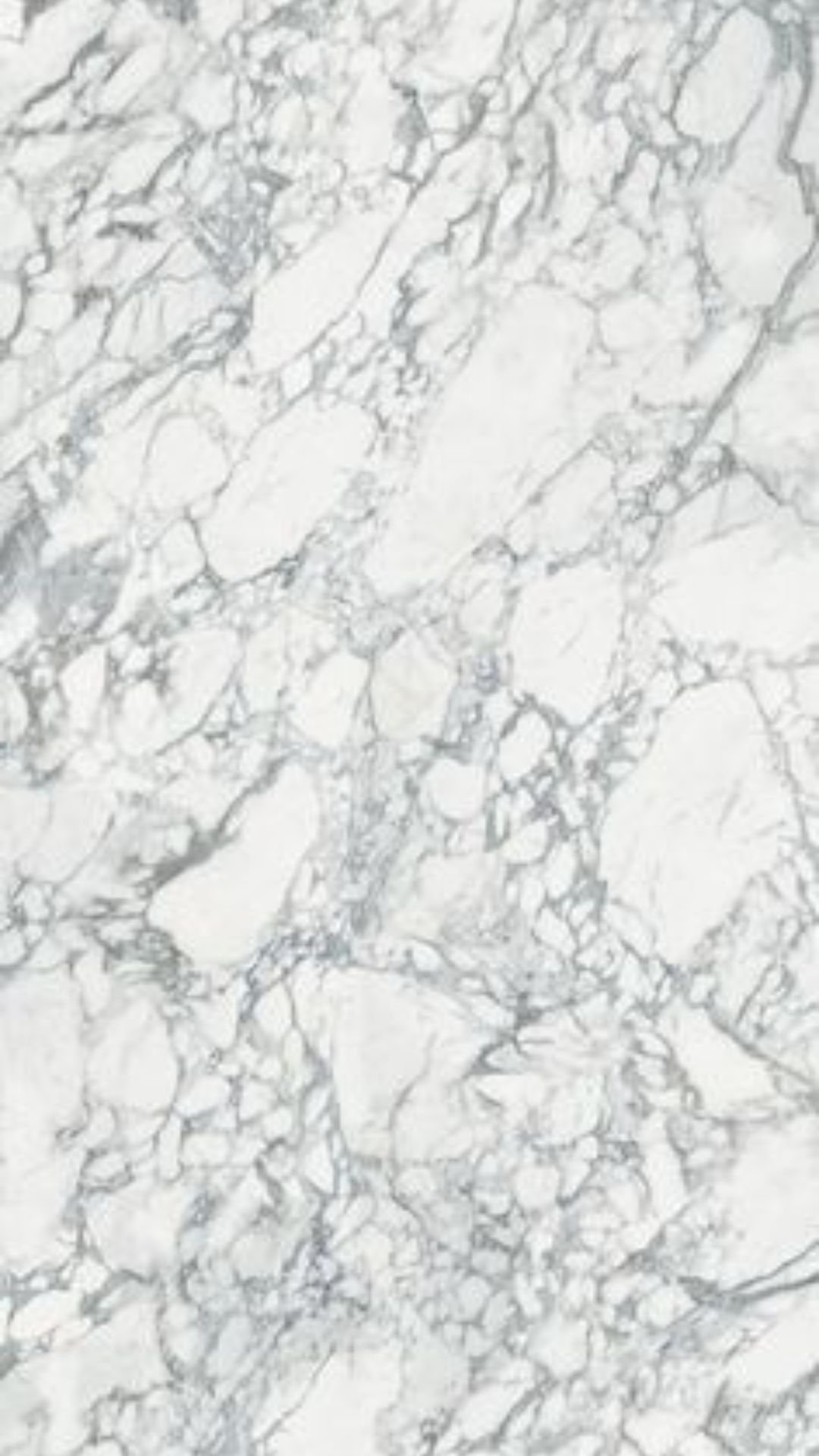
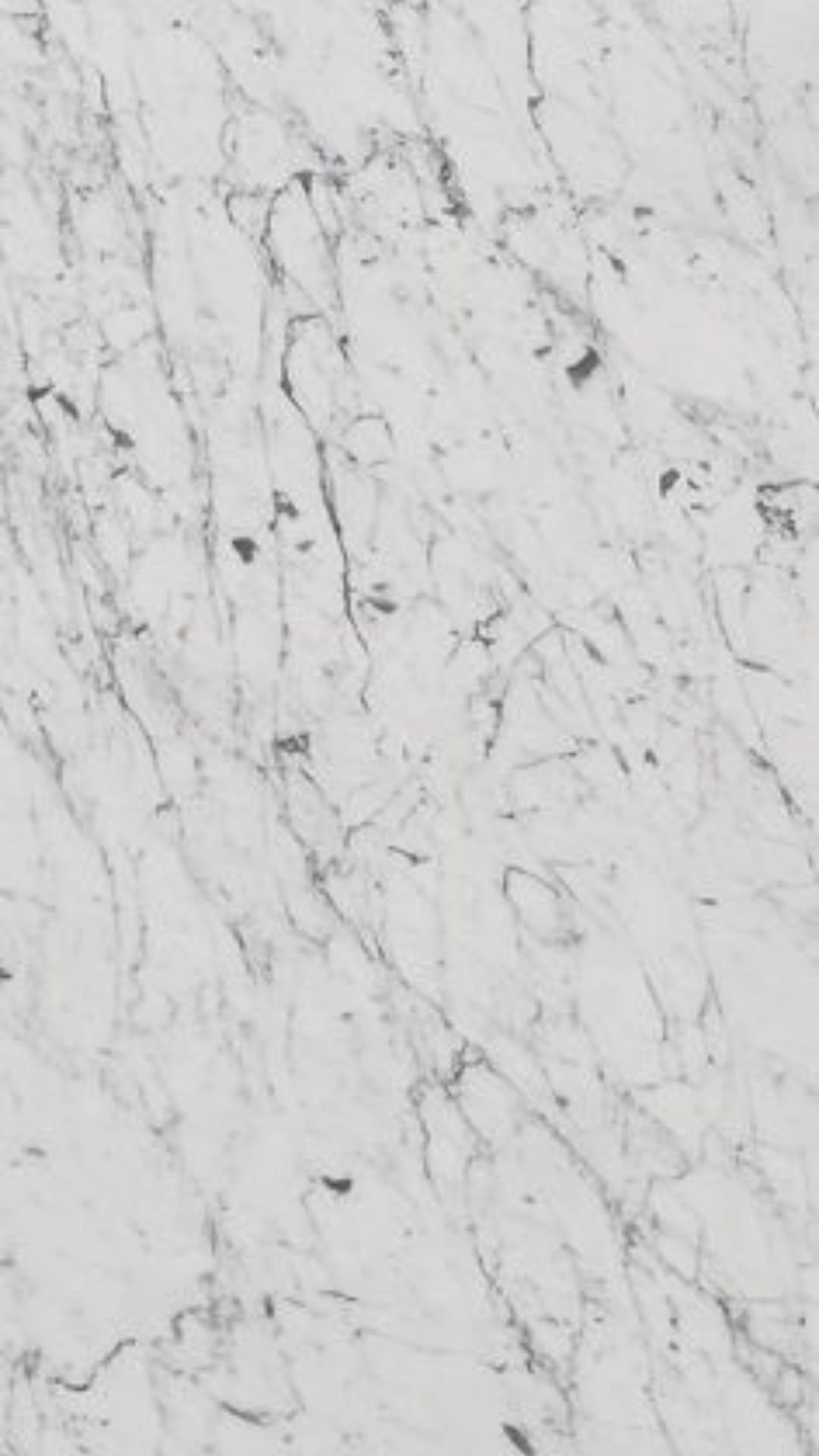


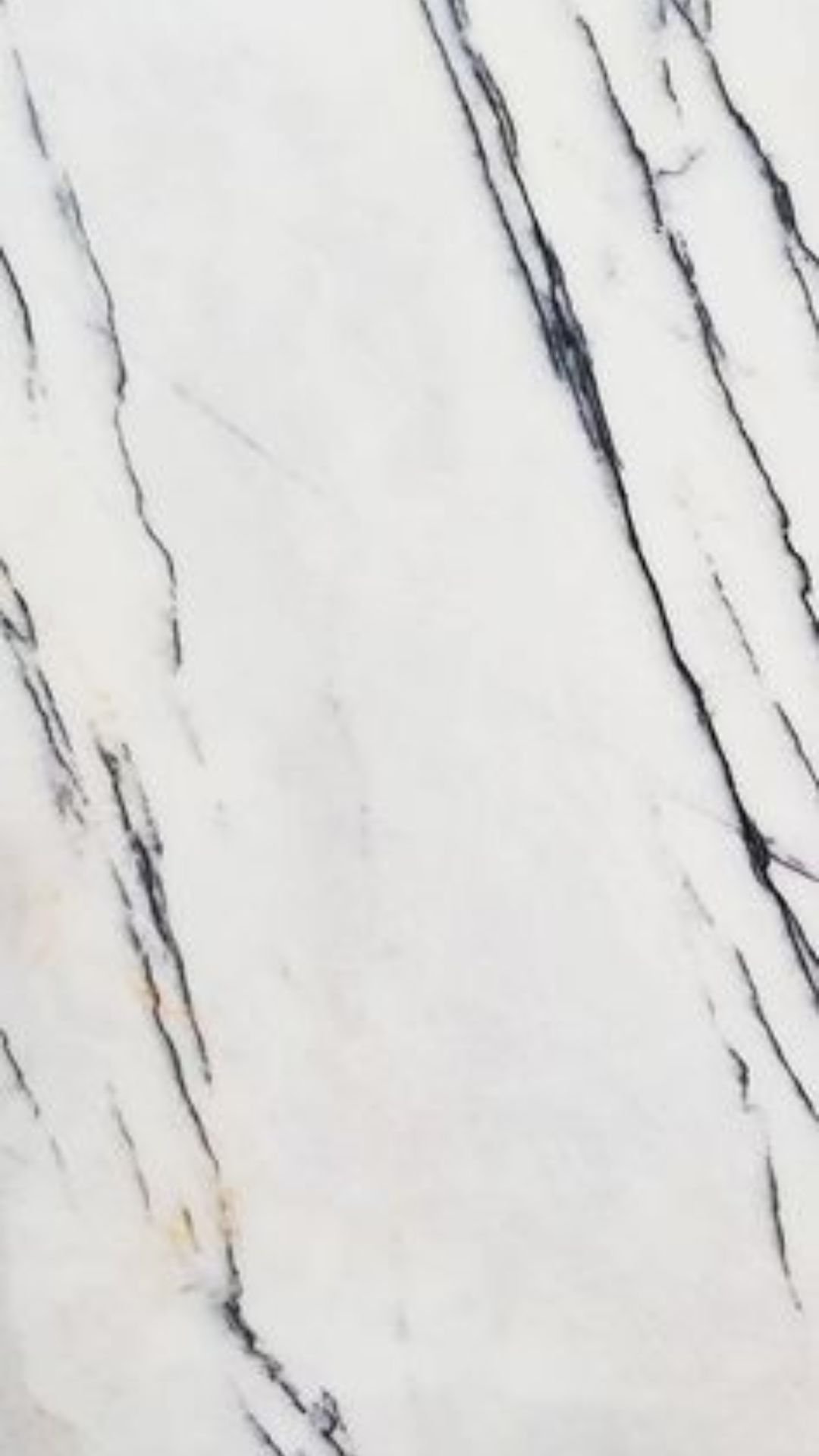


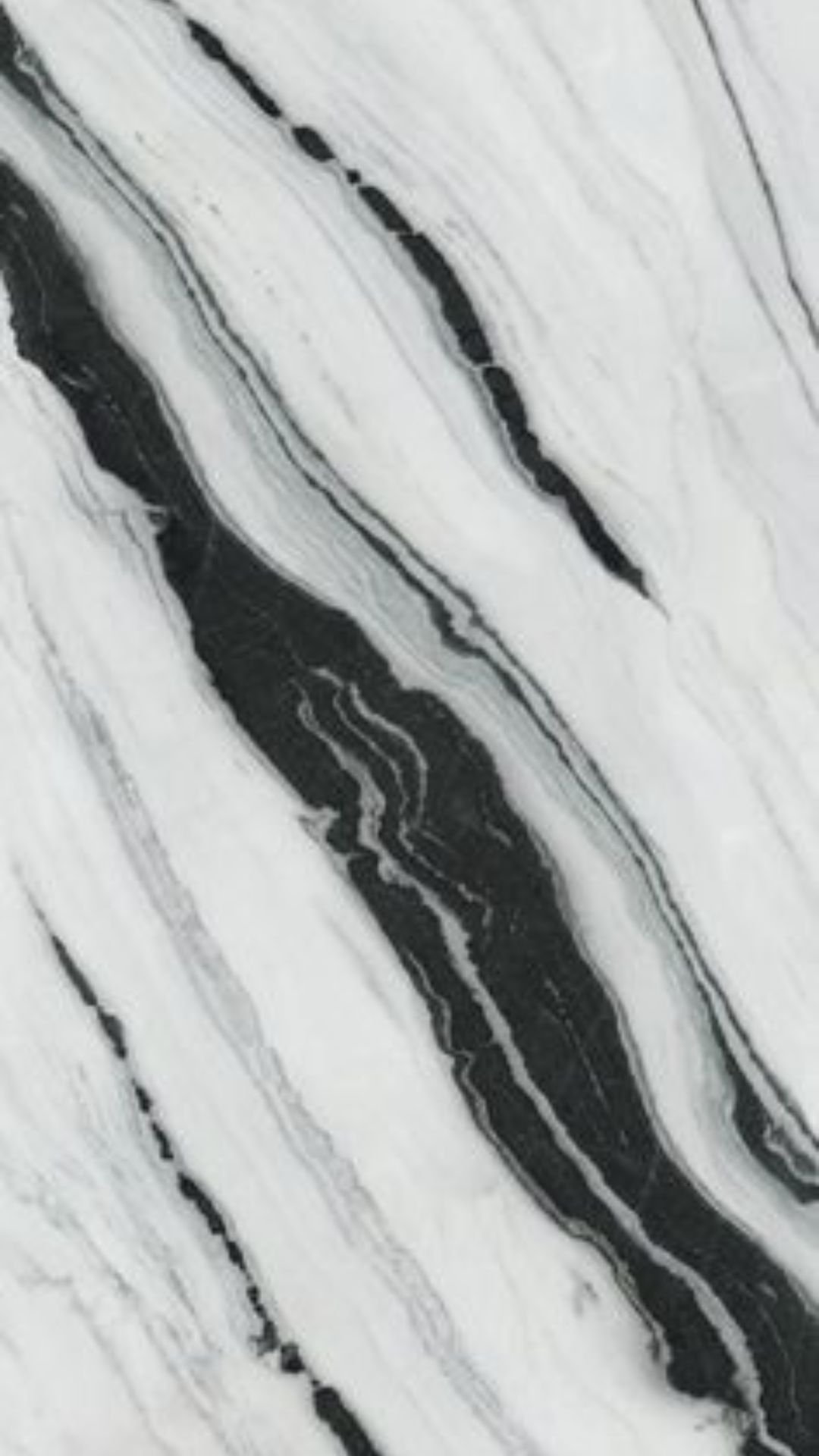

!! Drop your Enquiry Now !! 









I recently purchased Italian marble from Bhandari Marble Group India, and I am absolutely thrilled with my purchase. The Italian marble exceeded my expectations in terms of quality and elegance. The team at Bhandari Marble Group was knowledgeable and provided excellent customer service. Highly recommended for premium marble options.
Bhandari Marble Group deliver an outstanding experience from start to finish. I was impressed by their selection and exceptional quality. The team provided expert guidance, ensuring I found the perfect marble for my project. The marble was delivered promptly and installed flawlessly. Bhandari Marble Group India is the epitome of excellence in the marble industry.
I had a wonderful experience with Bhandari Marble Group. Their collection of Indian marble was impressive, and the quality exceeded my expectations. The team provided excellent guidance and ensured a smooth purchase process. I highly recommend Bhandari Marble Group India for their exceptional Indian marble and outstanding service.
I purchased Indian marble from Bhandari Marble Group India, and I am extremely satisfied with my choice. The Indian marble I received was exquisite, with unique patterns and excellent craftsmanship. The team at Bhandari Marble Group was helpful and ensured a smooth buying experience. Highly recommend their Indian marble collection.
My experience with Bhandari Marble Group India was truly remarkable. The Italian marble selection they offer is exquisite, and the quality is unmatched. The team provided exceptional customer service, guiding me through the process with expertise. I highly recommend Bhandari Marble Group India for anyone seeking premium Italian marble.